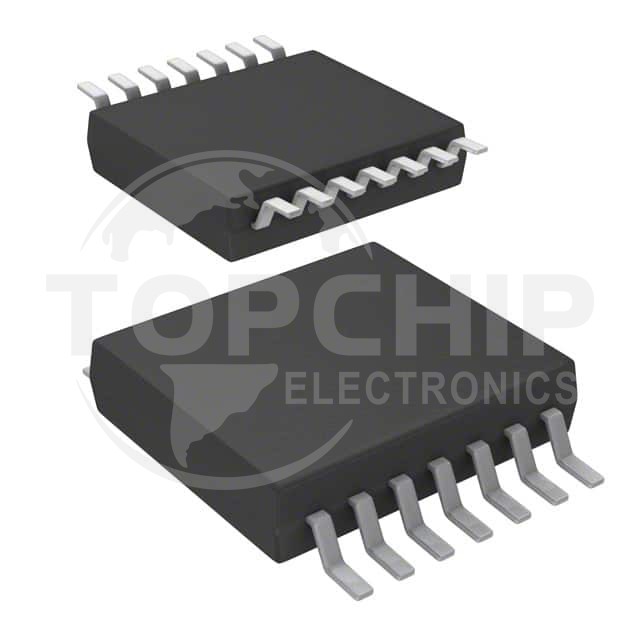Imagine a world where complex computing tasks are made possible solely by harnessing the power of simple, tiny components at their most elemental level. This is the intriguing domain of logic gates and inverters, the building blocks of digital electronics that help propel our modern technological revolution. Here, we explore the fascinating world of these components, acting as hidden wizards driving the digital advances around us.

Logic gates are like microscopic decision-makers that lay within the heart of millions of electronic gadgets, from the smartphones we're addicted to, to the self-driving cars that will transport us in the near future. These gates are responsible for executing the basic logic functions (AND, OR, NOT, etc.) that make up the binary code, enabling our increasingly dependent relationship with digital technology.
In the binary number system, information is represented using only two values: 0 and 1. This is in contrast to our everyday decimal system, which utilizes ten digits. Binary signals are usually encoded as high (1) and low (0) voltages in electronic circuits.
When crafting digital circuits, we string together logic gates to create structured logic. There are three basic types of logic gates:
1. AND Gate: This gate behaves like a traffic light, outputting a signal of 1 only if both inputs are 1. Think of it as requiring agreement from both partners in a two-person conversation; without consensus, the output remains 0.
2. OR Gate: Imagine a party where two introverted friends arrive, each wanting to leave as soon as possible. If either or both of them express the desire to leave, it constitutes sufficient reason to depart. In similar fashion, an OR gate outputs a 1 if either or both input signals are 1.
3. NOT Gate (Inverter): The honest diplomat who delivers the opposite message of what it was given, a NOT gate reverses its input signal, making 0s turn into 1s and vice versa.
Other gates, such as NAND and NOR, are compound gates produced by combining different combinations of the basic (AND, OR, NOT) logic gates.
These basic logic gates can be arranged systematically to create complex instructions that govern a broad array of electronic devices we use daily. Beyond consumer gadgets, they also play pivotal roles in mission-critical applications, such as rocket launch systems, medical devices, and critical infrastructure control systems.
Transistors, small semiconductor devices, serve as the backbone of modern logic gates. With many millions or billions of them compactly assembled on semiconductor chips, it becomes possible to execute innumerable calculations per second, allowing for the impressive computational feats of our digital age.
Delving into the world of logic gates and inverters illuminates the deceptively intricate craftwork underpinning a significant portion of contemporary technological breakthroughs. By understanding the basis of these hidden wizards, we develop a greater appreciation for the miraculous advances that enable the digital utopia of the 21st century.
Related product recommendation:
- Logic - Buffers, Drivers, Receivers, Transceivers
- Logic - Comparators
- Logic - Counters, Dividers
- Logic - FIFOs Memory
- Logic - Flip Flops
- Logic - Gates and Inverters
- Logic - Gates and Inverters - Multi-Function, Configurable
- Logic - Latches
- Logic - Multivibrators
- Logic - Parity Generators and Checkers
- Logic - Shift Registers
- Logic - Signal Switches, Multiplexers, Decoders
- Logic - Specialty Logic
- Logic - Translators, Level Shifters

